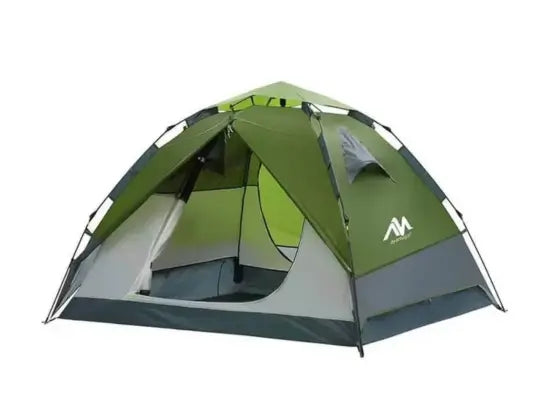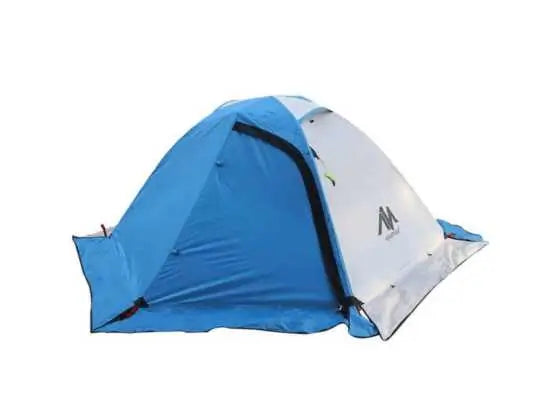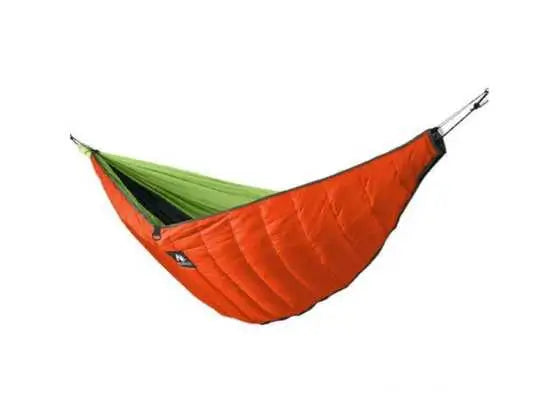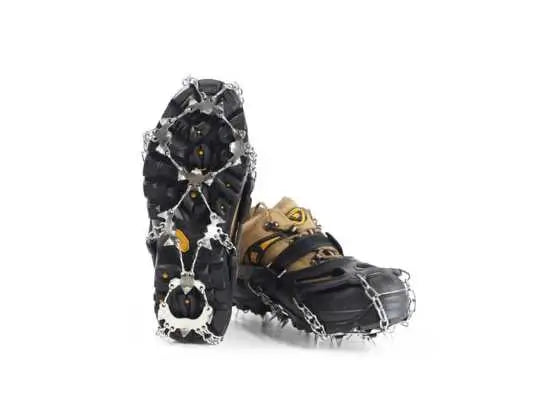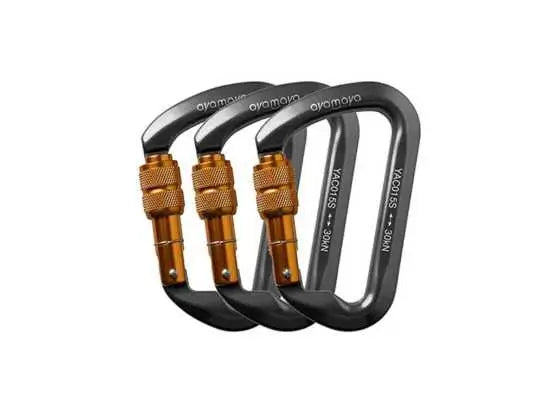Because Snowshoeing is an all-inclusive sport, it becomes necessary to pay attention to the supplies to enhance the success. Note that the famous tale drives the snowshoers that if you can't walk, then, of course, you can snowshoe. Snowshoeing essentials are the same for both bonafide and beginners. Having a solid checklist for your trip is a win because it will enhance your comfort during the expedition.
The things you will be packing for snowshoeing will be solely dependent on the place you are visiting, the number of days or hours you will be snowshoeing, and the experience you expect. You also pack your supplies based on the weather requirements. Dear reader, this article will exhaust all the reserves you should have in the checklist before setting off for a snowshoeing trip in the Winter Mountains.
It would be best if you had snowshoes.
Without snowshoes, then we won't have a name for what you will be doing in the snow! Snowshoes are essential for comfortable snowshoeing. They are your floatation devices, and they will be crucial when you walk along the flat local trails or even when you are doing a snow hike along the backcountry terrain.
The snowshoes will enable you to maneuver the snow and easily make your experience more efficient. You need the best snowshoes that offer advanced traction for enhanced safety grip. Your snowshoes should also provide comfortable bindings. There are many models out there, and you should choose the one capable of supporting your weight, the snow conditions, and the type of terrain you will be in.
Poles

Poles are also part of the accessories that make your snowshoeing experience memorable.
You will need stability and efficiency while trailing along the uneven terrain. When you have the efficiency, you save energy because you will have comfortable pole grips, which will enable you to follow for long distances.
There are lots of models out there that you can choose. Not all poles are the same, and it may get so daunting to select the best out of the rest. A bar should feature an adjustable locking mechanism, a free tensioning tool, and a tightening mechanism.
Layer your clothing
Its winter, and you got to survive in the snowy lands. Expect a severe body temperature fluctuation while you are on the trails, and the layers will help maintain the body temperature. It may get hot in the process, and you may want to remove some layers, but remove the upper layer because it is not always common to experience high temperatures when you are snowshoeing.
It is not always easy to have the right clothing strategy. There are some tips to master to get the best layering. The goal here is to have extra layering to make it easy to enjoy the warmth during your snowshoeing.
When dressing for winter, you should check the following for layering;
- Ensure that you have suitable layers for top and bottom layers. You can opt for wool and synthetic options.
- You should get warm and wicking socks which are often known as ski socks
- You also need mid insulating layers, which can be a fleece or micro puffy
- You can also get top and bottom soft shells when you are snowshoeing on warmer or dryer days.
- A sun hat
- A warm beanie
- Liner gloves for hiking/ascending
- Gaiters, in case you will encounter snakes
- It would be best if you also had some insulated waterproof gloves and waterproof boots.
Backpack
A backpack is the greatest friend you must never miss in your expedition. Remember all the accessories that you will be carrying will be packed in your bag. Whether you will be doing a snow hike, snowshoeing, or any form of camping, you need a backpack for the sake of your luggage.
There are many options to choose from, and you need a high-quality backpack that will be equal to the task. When selecting a pack, ensure that it includes a zippered pocket and hydration compatibility.
Food and Hot drinks

Natural snacks with high protein content are the way to go. Did you know that a single hour of snowshoeing can burn up to 510 calories? Your body will want more energy, and it will require it rapidly. Snacks like granola bars, dried fruit, nuts, and jerky are great for keeping you going on the trail. Plan to pack 1.5-2 liters of water for the day (depending on trail length and difficulty).
Your internal furnace needs extra calories to stay warm on a cold day. That's when a hot, delicious beverage in an insulated bottle comes to the rescue. Check out our collection of hearty, warm trailside snack choices to keep you going all afternoon.
Remember that the water in your hydration drink tube can freeze on snowy days, so water bottles are a better alternative in sub-zero temperatures.
Wool socks
Wool socks are also essential for an excellent snowshoeing experience. You might own waterproof, insulated boots, but they are not enough to sustain the warmth. It would be best to acquire warm wool socks to ensure that your feet do not get wet.
It would be best if you had a flashlight and a headlamp
Note that winters are not the same as other seasons. Sunsets come in the late afternoon, and darkness may chirp earlier before you notice. If you are starting your evening trek in e late evenings, it will be worthwhile to have that headlamp. An alight source will ensure your safe return.
The Ten Essentials for snowshoeing
Before you set off for snowshoeing, you should get the following essentials for your comfort; they are ideally ten essentials which happens to be the ten camping essentials;
- Food
- Water
- Insulating clothes
- First aid kit
- Navigation; map, compass, GPS
- Headlamp
- Fire starter
- A knife
The Extras that will harness your experience
Hand warmers
Now when snowshoeing, hand warmers are insurance for your shoes. Snowshoeing will make your hands generate heat, which develops sweat in your gloves. During your rest hours, sweat forms around your hands. The work cools, forming an icebox for your hands. Hand warmers then become necessary to allow you to hike the whole day with confidence.
Seat
It would be best to have a seat when you are sitting close to the fireplace after snowshoeing. Of course, they are not useful during snowshoeing, but you will need it in your tent. You need a fireplace so that you can have a good rest.
But what if you are snowshoeing in an avalanche terrain
What do you do when you are snowshoeing in avalanche terrain? An avalanche terrain will need the right gear to accord a better experience. You need to have prior knowledge about the snowy trails. The snowshoes that you buy should be capable of taking you through avalanche terrain.
You should also know how to use the Mandatory safety gears for avalanche terrain. A beacon, a probe, and a shovel are necessary for avalanche terrain.

